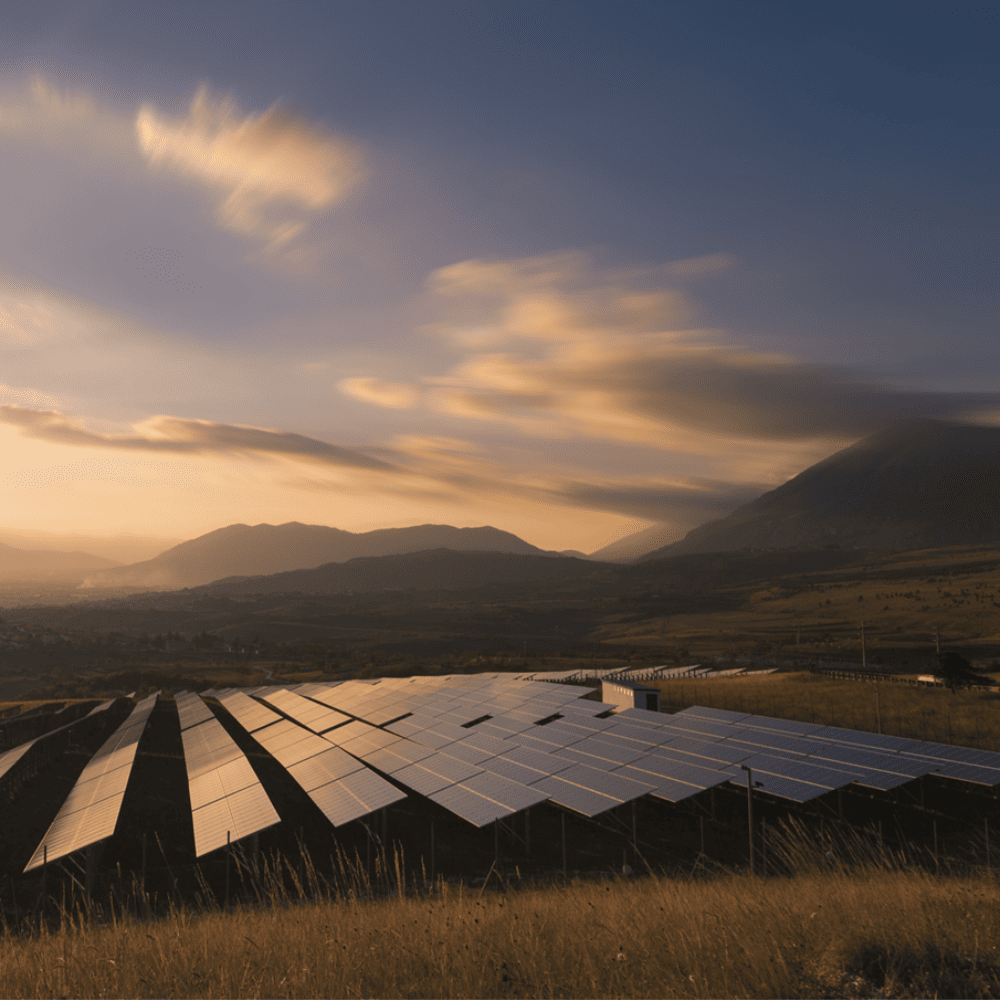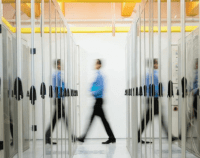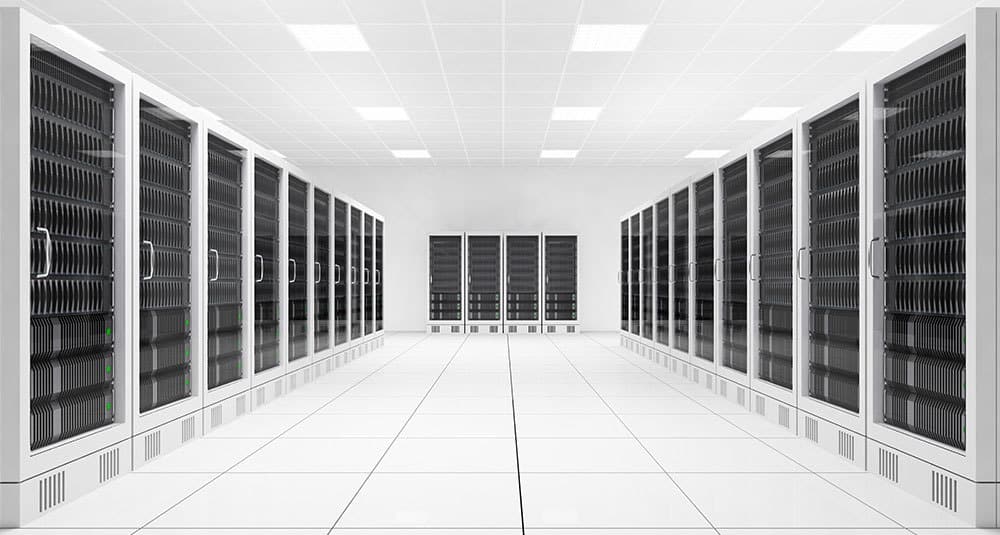Responsible for almost 1 per cent of global electricity demand and 0.3 per cent of all global CO2 emissions, energy efficiency has been brought into focus by the volatility of the energy market. It’s no surprise that data centre operators are under steady pressure to run a facility with visibly green attributes.
Many have had to react to fast-growing demand and in doing so have been replacing or installing newer equipment, integrating more efficient, modular systems and having a better understanding of Power Usage Effectiveness (PUE).
PUE can be defined as a measure of how efficiently power is used within a data centre – by measuring the ratio of total amount of power used to the amount of power delivered to computing equipment. Although originally an innovation by The Green Grid, the thinking behind what capacity is required for a given ICT load in a data centre is crucial for the designer.
A data centre or any site where continuous power is critical will contain a power protection system complete with an uninterruptible power supply. This can offer opportunities for energy savings depending on the type of UPS installed and how it is being used.
Green data centre UPS
Nowadays and ideally, the power protection system comprises a modern, modular UPS system that can deliver greater power efficiency, as well as other benefits, including high availability and scalability. However, many sites have older legacy UPS systems – and these are where the energy reduction opportunities can mainly be found when systems are being reviewed and updated.
Traditionally, UPS design entered on large, ‘monolithic’ individual machines, which had to cover all the capacity required. Therefore, the whole system was always on, even if the load did not require it to be. As a consequence, a legacy UPS would often be operating well outside its optimum efficiency band due to being specified to be able to cope with maximum loads and potentially additional needs in the future. While a legacy UPS system may have a maximum efficiency of 93%, at 50% load this may fall to 90%, and to much lower at 25% of maximum rated load.
Modular UPS design for greater efficiency and scalability
Nowadays, we have modular designs where we can calculate and manage the load so there is always redundant capacity for spikes in power usage. The UPS capacity originally provided needs only to exceed the actual load slightly, because it can be increased so easily, and incrementally, as and when the load grows. For example, several of KOHLER Uninterruptible Power’s solutions can start as a single cabinet with one 100 kW module, often with one more included for redundancy. As the load grows, the UPS can be vertically or horizontally scaled (depending on the model) by adding additional modules until the cabinet is up to its full kW capacity.
Calculating UPS load
The ability to continuously ‘right-size’ the UPS capacity to the load lets users minimise their power and cooling requirement, which consequently reduces power usage over the life of the UPS.
Additionally, when we look at the load/ efficiency curves for modern, modular systems, we can see they are not entirely flat, but instead produce slightly higher efficiency at partial loads. This is because UPS manufacturers recognise that modular systems are typically operated in ‘redundant mode’, so no single module will be fully loaded. For example, in an N+1 system comprising two modules in parallel and sharing the load equally, neither will ever have more than 50% loading.
The overall energy savings, over several years, from migrating to a modular UPS system from a poorly used legacy installation can be quite considerable.
Smart or Eco-mode – which is best for me?
Today, UPS systems can be run in smarter, energy efficient modes. The challenge is working out which mode really works to offer you the greener option. This can sometimes be confusing as they all have different names and no two systems perform in the same way.
Some UPS systems run in an ‘eco’ mode. In eco mode, the UPS remains in standby mode until the power is interrupted. Eco mode is suitable for equipment that will not be affected by a break in the power. HOWEVER, in practice many items of equipment would be affected, so in reality eco-mode is rarely used. Instead, there are now smart modes where the system manages the load across different modules and puts those not needed into standby.
Exceptionally resilient, flexible and scalable from 750 – 6000kW, KOHLER’s high power modular UPS MF Series offers the best-in-market energy efficiency (97.4% efficiency) in regular, ie continuous online ‘VFI’ mode. This energy efficiency redefines the lifetime cost for data centres and other high-density applications – reducing environmental impact, optimising Power Usage Effectiveness (PUE) measures and delivering significant financial savings in energy and cooling costs, without compromising reliability of the power protection capabilities.
Our smart mode, known as KOHLER Xtra VFI mode, is a great option for those who require critical power supply but that have variable loads. Often, when the load falls below 25%, UPS efficiency rapidly deteriorates. By automatically adjusting the number of active modules according to load and redundancy requirements and reverting unneeded modules to standby, Xtra VFI avoids this. Intelligent switching rotates active modules, equalising aging and extending service life. KOHLER Xtra VFI mode offers 2-3% additional efficiency if and when the load drops.
Before deciding on which mode you will run your UPS, carefully consider the critical load and site conditions.
Can KOHLER help?
We have developed a cost calculator to help you see what system would benefit your operations and your energy efficiency. After a discussion with you and a visit to your site, we can calculate the best option for your future system, working on energy efficiency and the cost of the systems over several years. Get in touch if you would like to see how your site performs.
Data centre operators, who are under pressure to improve energy efficiency, may benefit from reviewing their data centre UPS installations and how they are managing the load. Collaborating with suppliers and consultants who understand current and future challenges can make this decision-making process much simpler.
We’d love to share our knowledge and extensive experience to help your energy efficiency on site – and the planet overall.
Contact us at [email protected] or call us on 0800 731 3269. Or download our latest white paper on making your data centre more energy efficient.





